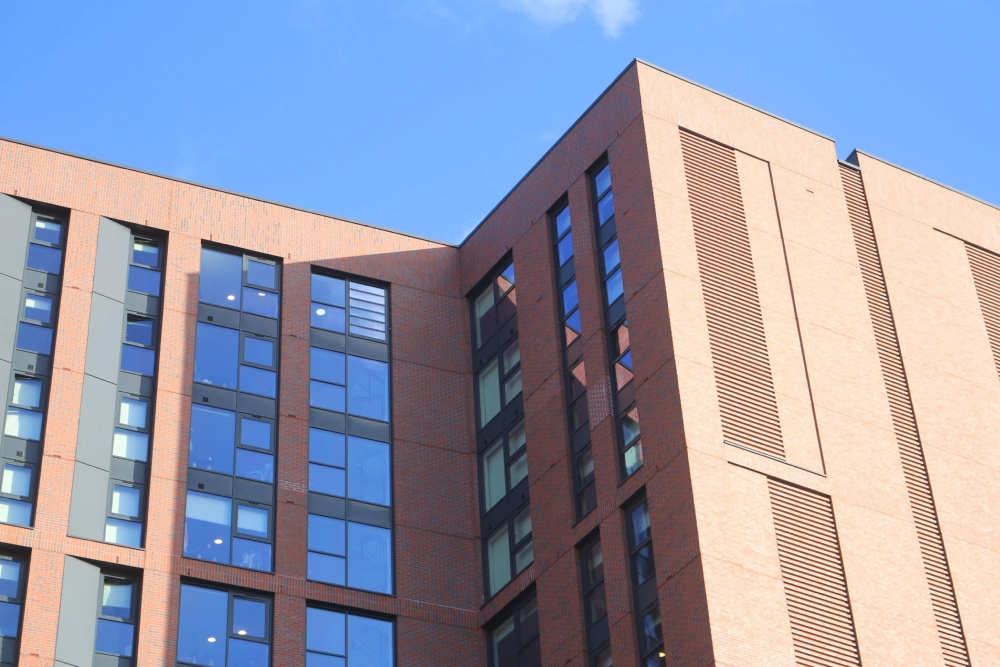Specialists in building safety legal advice
Building Safety is a key consideration for anyone involved with the built environment. The Grenfell disaster brought a renewed focus on fire safety issues and led to the introduction of the Building Safety Act 2022. This transformative legislation has had a widespread impact, aiming to bring greater focus and accountability to building safety risks throughout the lifetime of a building.
The Building Safety Act establishes new responsibilities and guidance that must be followed, particularly for residential buildings and high rise buildings, where compliance with both the Fire Safety Act and Building Safety Act is crucial.


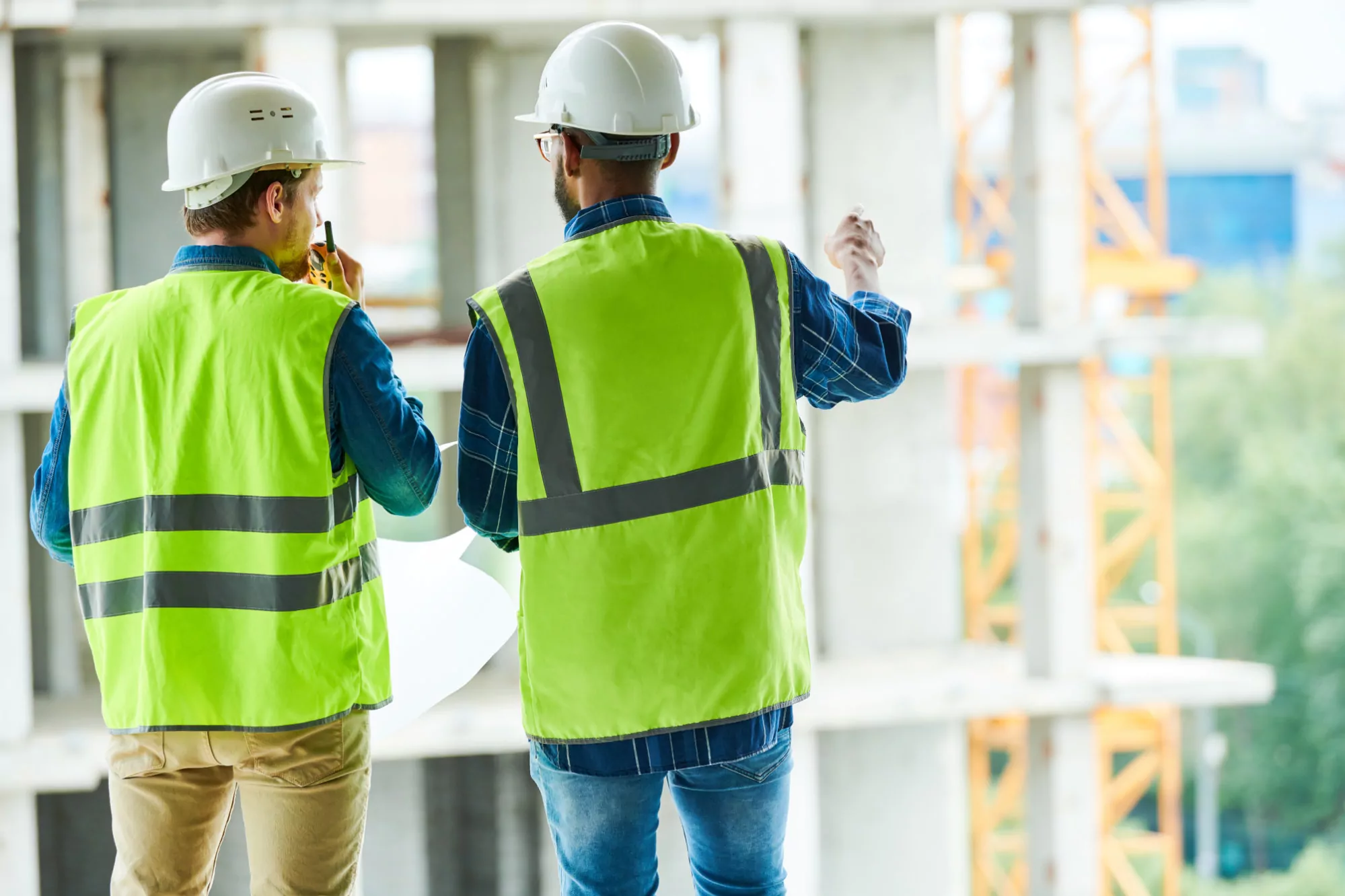


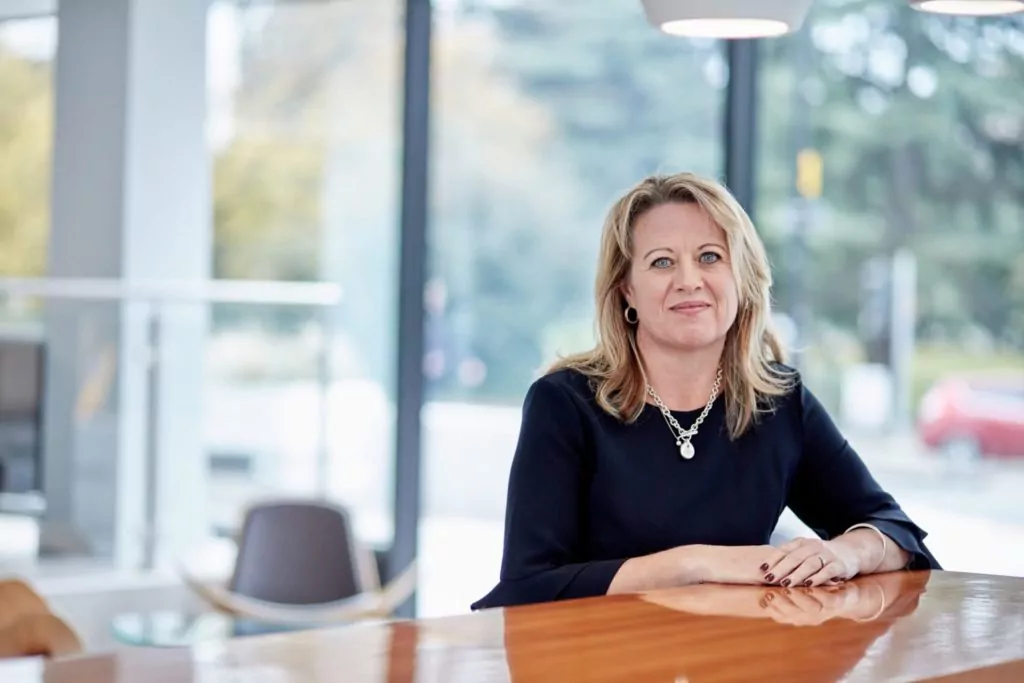







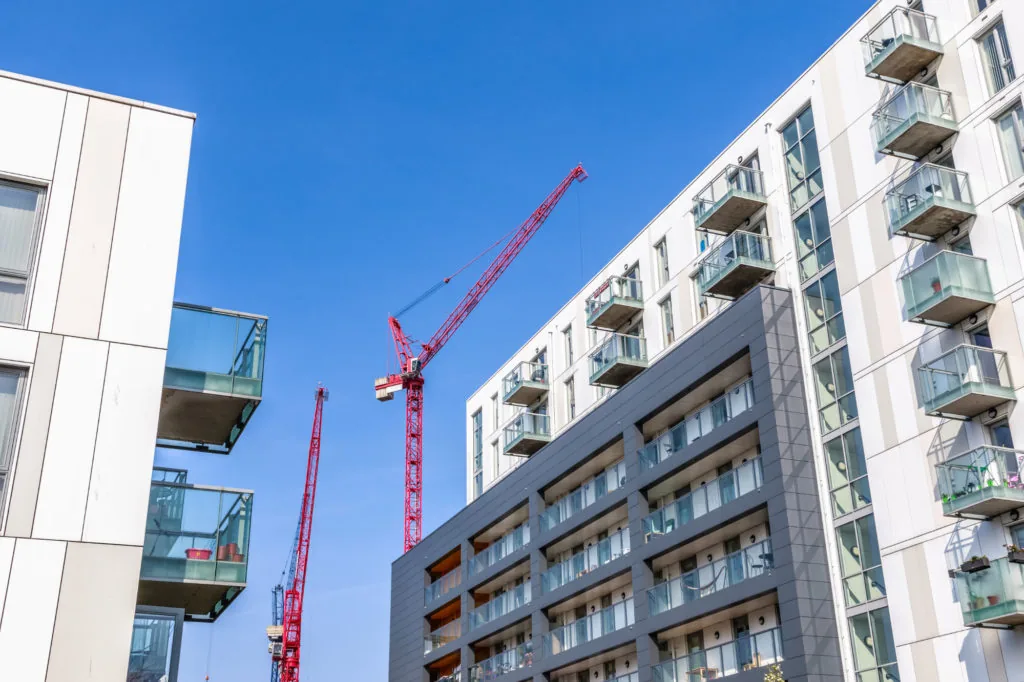
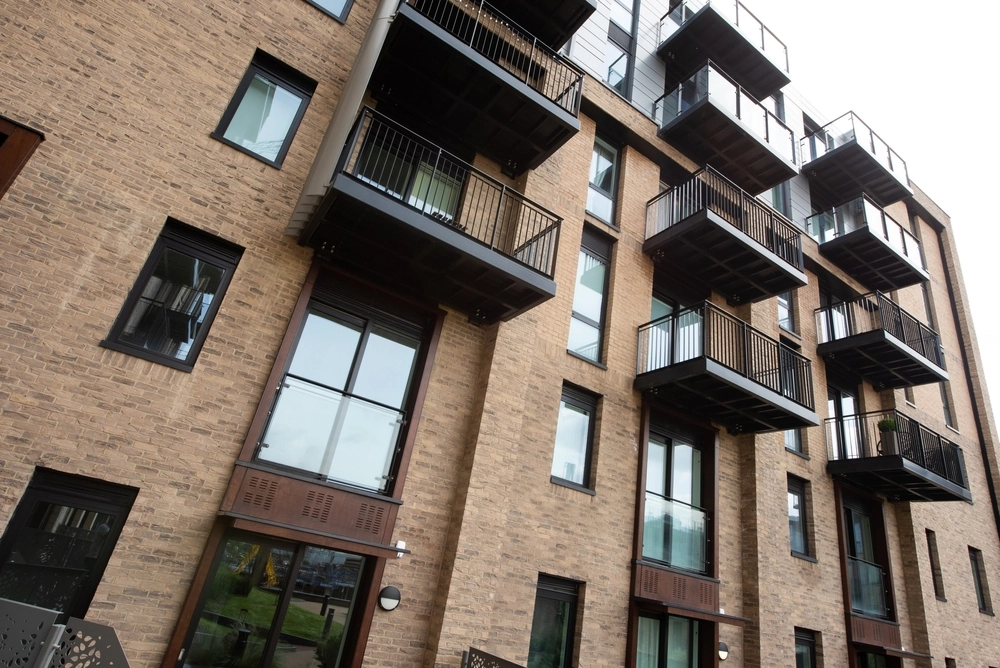


![Deep pockets, deep costs – Triathlon Homes v SVDP & Get Living [2024] featured image](https://www.footanstey.com/wp-content/uploads/2021/05/httpscontent.footanstey.comappuploads202006Constructing-modular-housing-1024x682.jpg)

